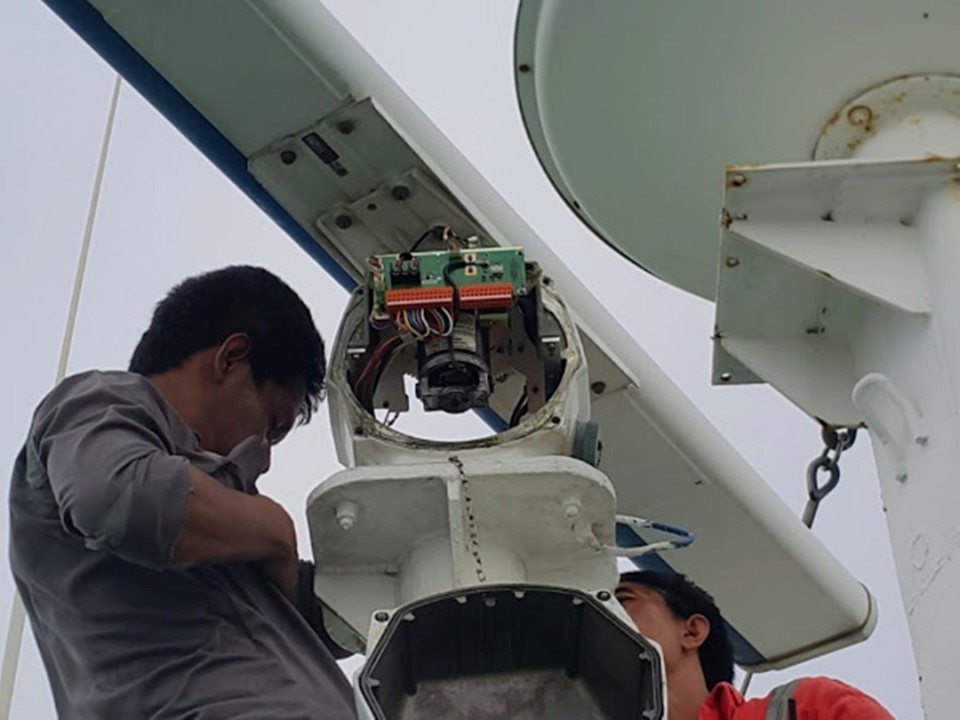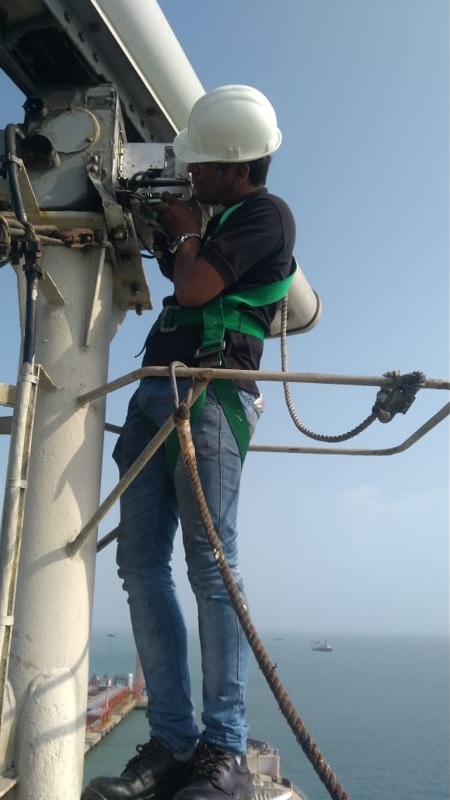MARINE RADAR SERVICE REPAIR MAGNETRON REPLACEMENT
Navigating a ship is a critical task, and it requires the most advanced and accurate equipment available. Nowadays, modern technology has revolutionized ship navigation, providing automated and efficient solutions to ensure safe voyages. At
SEANAV MARINE, we offer a range of innovative and customizable navigation equipment and solutions for the professional, defence, and leisure markets. Our team of experts specializes in bridge design, system integration, installation, and commissioning to provide comprehensive turn-key navigation solutions.
We ensure that our solutions comply with the International Maritime Organization (IMO) and Class requirements and are tailored to meet our customers’ budgets. With SEANAV MARINE, you can trust that your vessel will have the most reliable and efficient navigation system available to ensure a smooth and safe voyage.

MARINE RADAR MAGNETRON REPLACEMENT
SEANAV MARINE offers comprehensive solutions for marine navigation equipment, including marine radar magnetron replacement services. It’s crucial to estimate the remaining resource of your magnetron in advance to ensure your safety during a voyage. Our experience shows that S-band radars have a resource of up to 4000 hours, and x-band up to 8,000 hours. It’s important to monitor the engine’s performance as well, as manufacturers guarantee work up to 4,000 hours, and we’ve seen performance last up to 8,000 to 9000 hours.
If you find yourself at sea or far from the nearest engineer, we provide step-by-step instructions for replacing your magnetron. Always ensure that the radar is de-energized, and a qualified engineer performs the replacement. Place a sign on the indicator and machines that work is being done on the station, and go up to the scanner of the required radar with a safety belt after RADAR switch off post 40mins to de-energized Magnetron.
Note: It is important to avoid using a screwdriver with a magnetic tip as it may interfere with the magnetron. Additionally, take care when connecting the magnetron wires and cut off excess length to avoid any bare wires visible from the connector.
- Ensure that the radar (indicator, scanner and any separate automaton on the motor) is completely de-energized from the power supply board of the navigation equipment by a qualified engineer.
- Place a sign on the indicator and machines to indicate that work is being done on the station to prevent excess radiation exposure.
- Proceed to the scanner of the affected radar using a safety belt.
- Turn off the antenna rotation switch, usually located on the side of the casing.
- Use a wrench to remove the radar cover and ensure that the scanner is not receiving any voltage.
- If a protective cover is mounted on the modulator, remove it.
- Unscrew or solder the contacts of the magnetron (yellow and green wire), remembering the polarity. Remove the old magnetron (4-9 bolts) and replace it with a new one.


- Secure all parts in place in reverse order.
- Turn on the engine tumbler on the scanner.
- Turn on the power supply of the indicator, scanner, and motor on the power panel of the navigation equipment.
- Turn on the radar and leave it in the STBY mode for 20-30 minutes.
- Set the gain control and the interference from the sea and rain to a minimum, and set the smallest range.
- Gradually add gain before the appearance of the image.
- Gradually add range to 12 nm and evaluate the quality and stability of the image. If the targets disappear, turn off the radar in STBY mode for another 5-10 minutes and try again. Once a stable picture is achieved, leave the radar on radiation at a 12 nm scale for 15 minutes.
- Proceed to normal mode of operation.


Latest Products
8-inch Color TFT LCD GPS Chart Plotter with EchoSounder, AIS Transponder, and Radar MFD (5-in-1)
8-inch GPS Chart Plotter with AIS and Radar
Onwa KM-8A (BUNDLE) 8-inch Color TFT LCD GPS Chart Plotter with Class B+ AIS Transponder MFD [BUNDLE]
Onwa KM-8C 8-inch Color TFT LCD GPS Chart Plotter with EchoSounder MFD